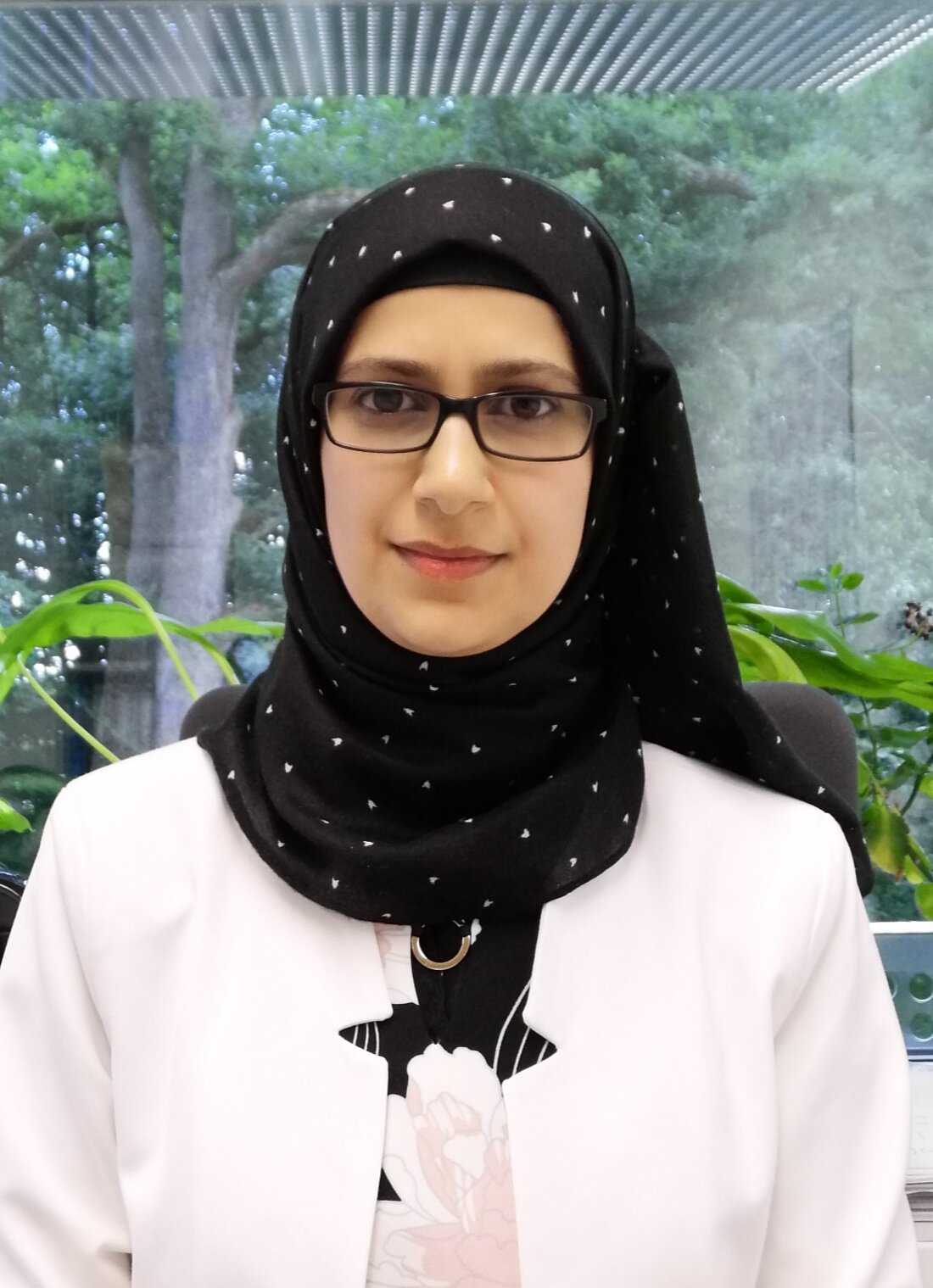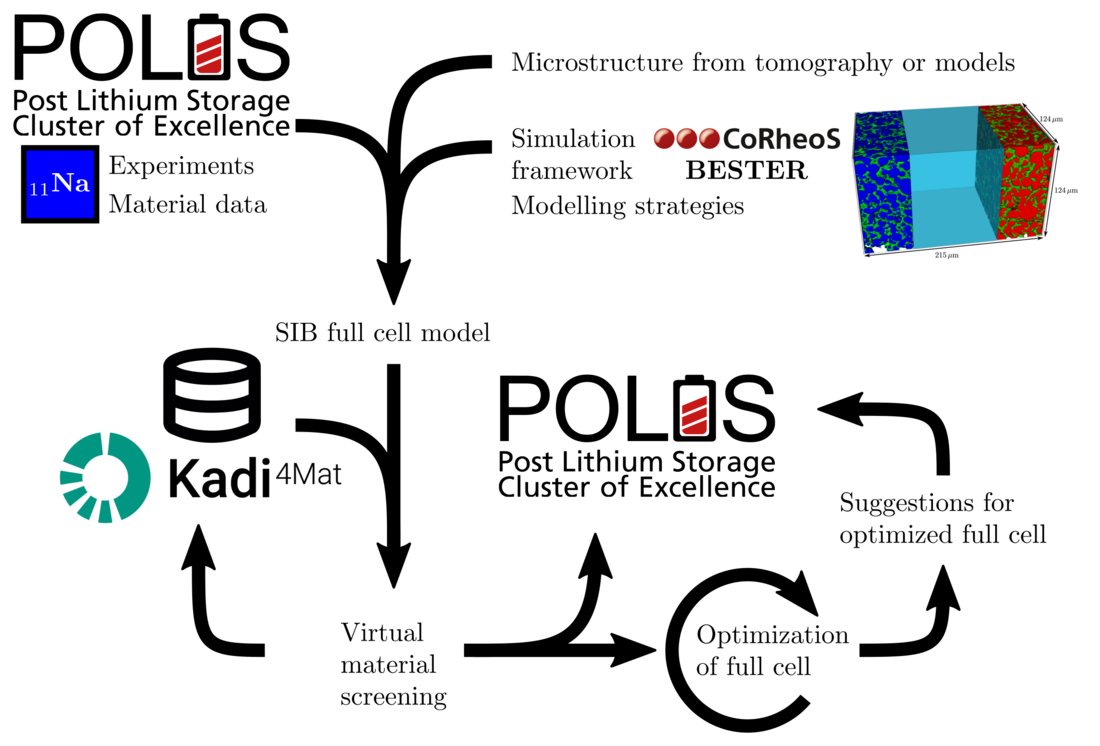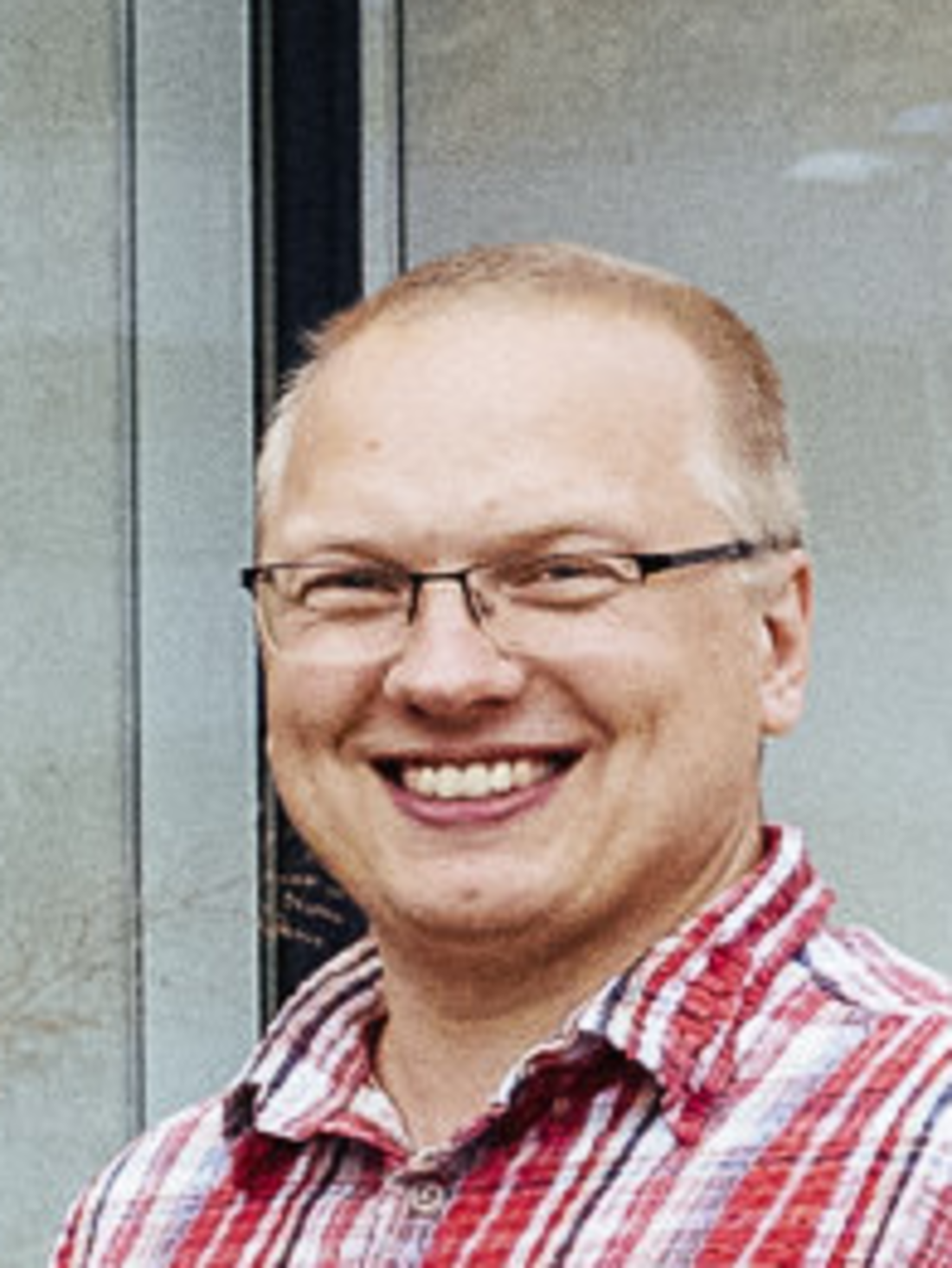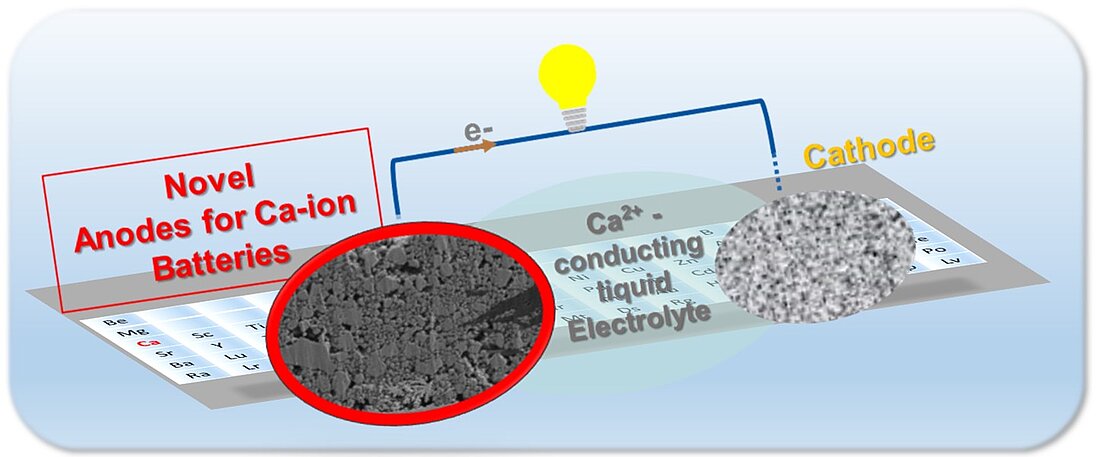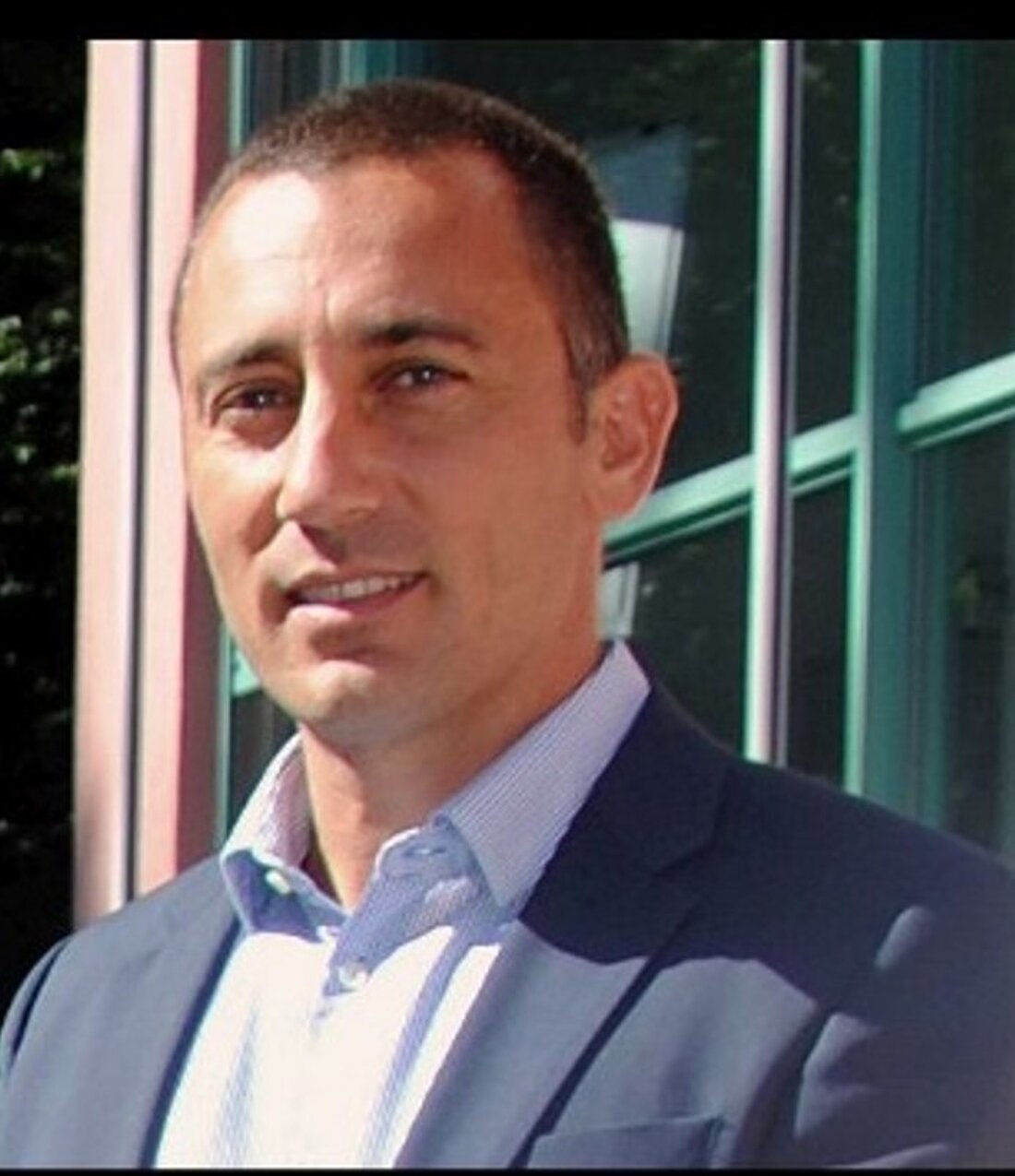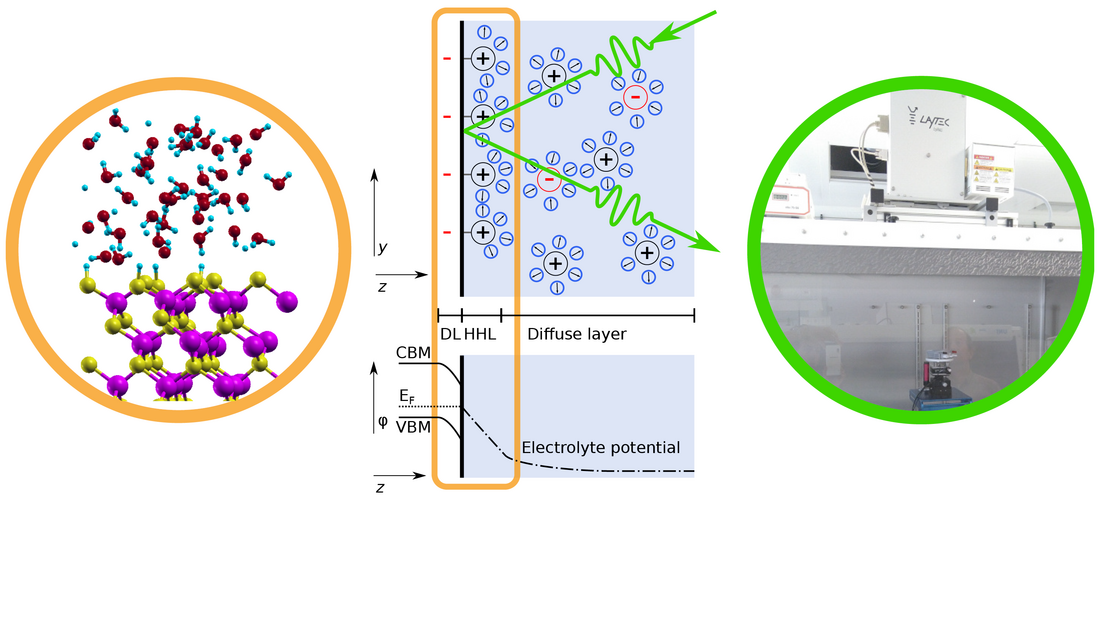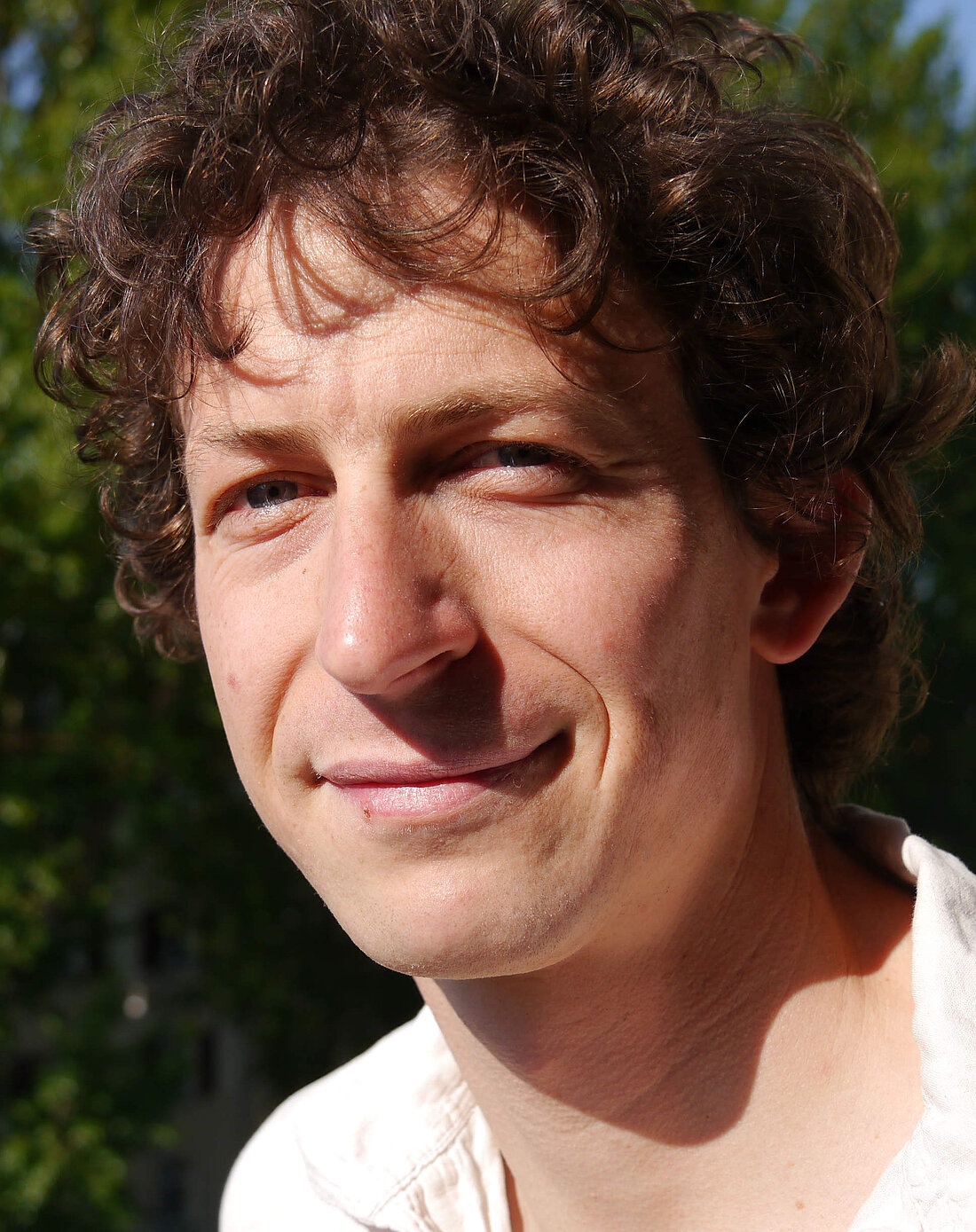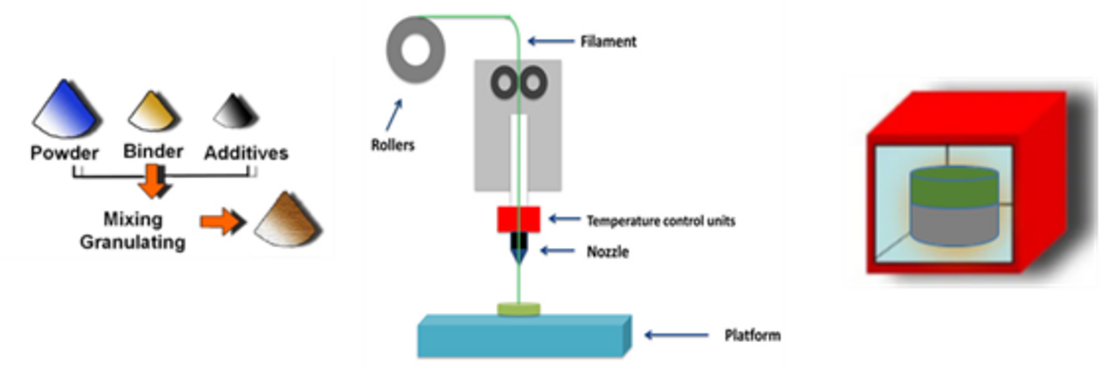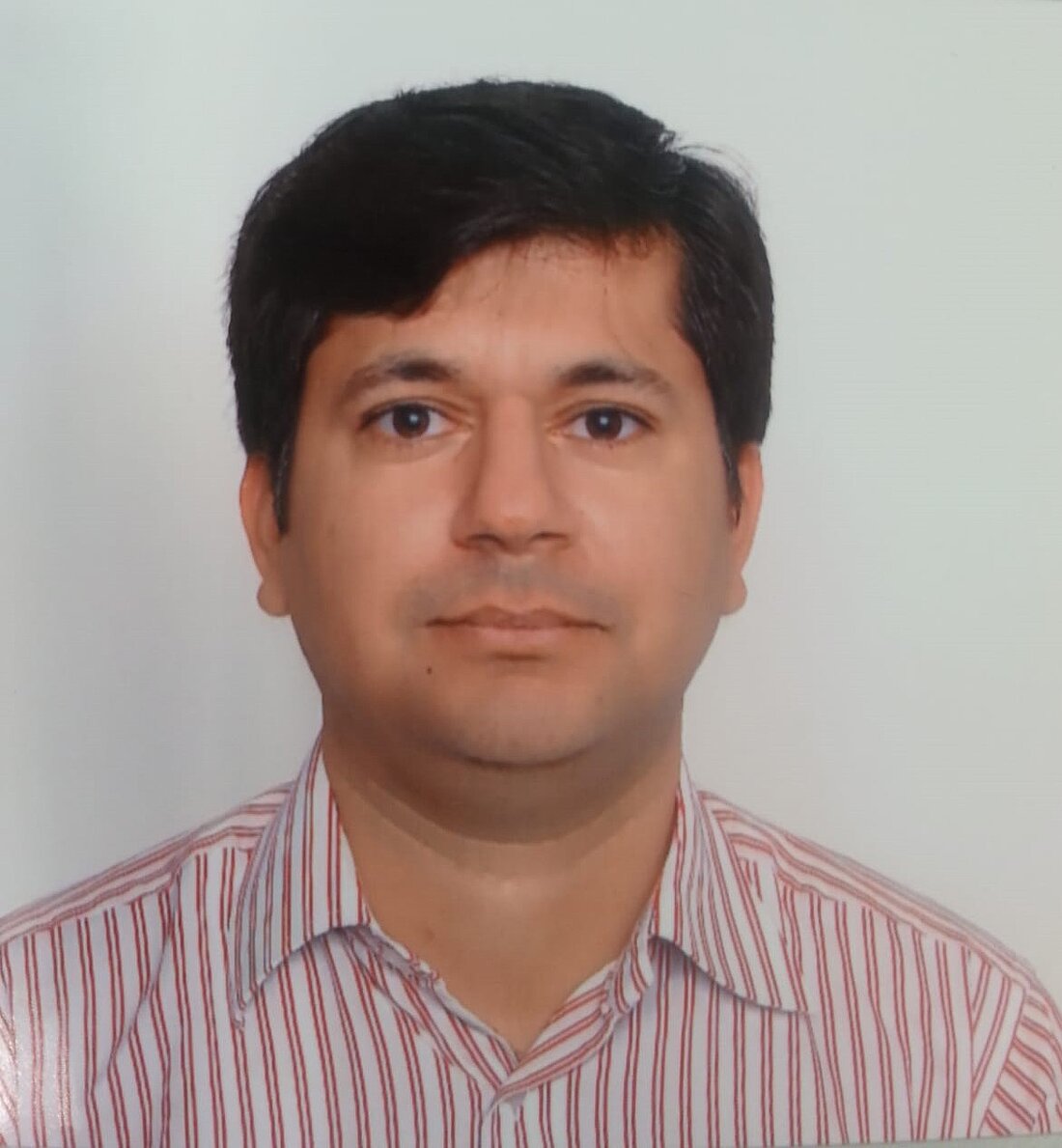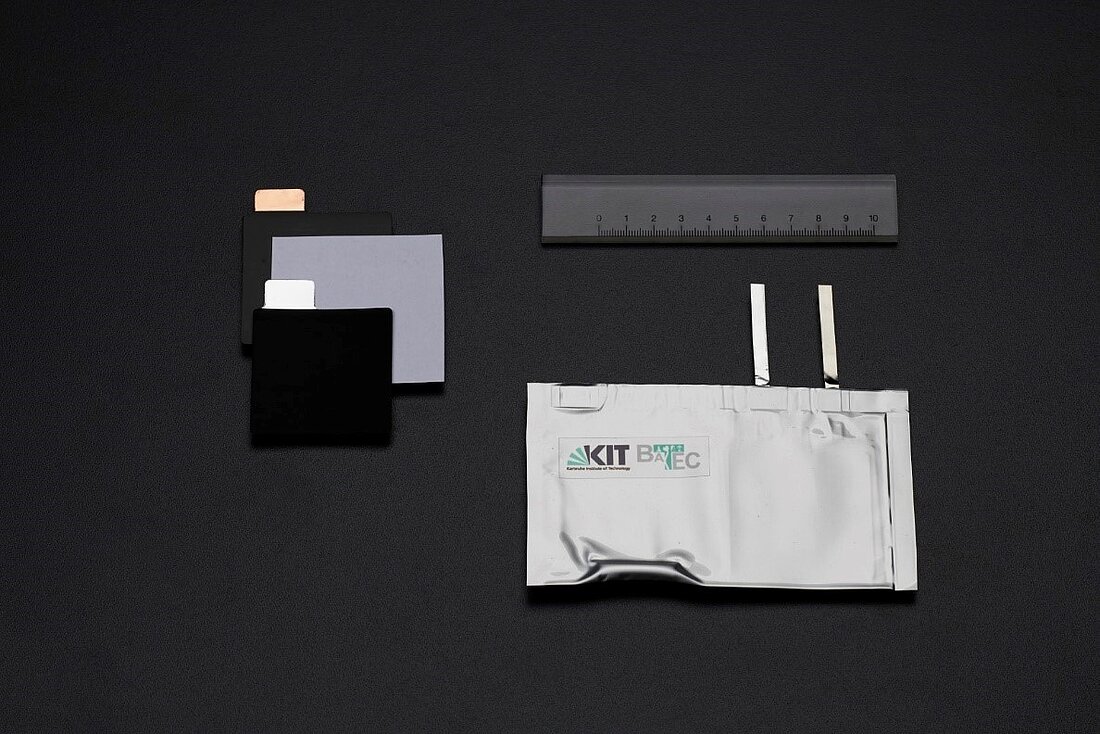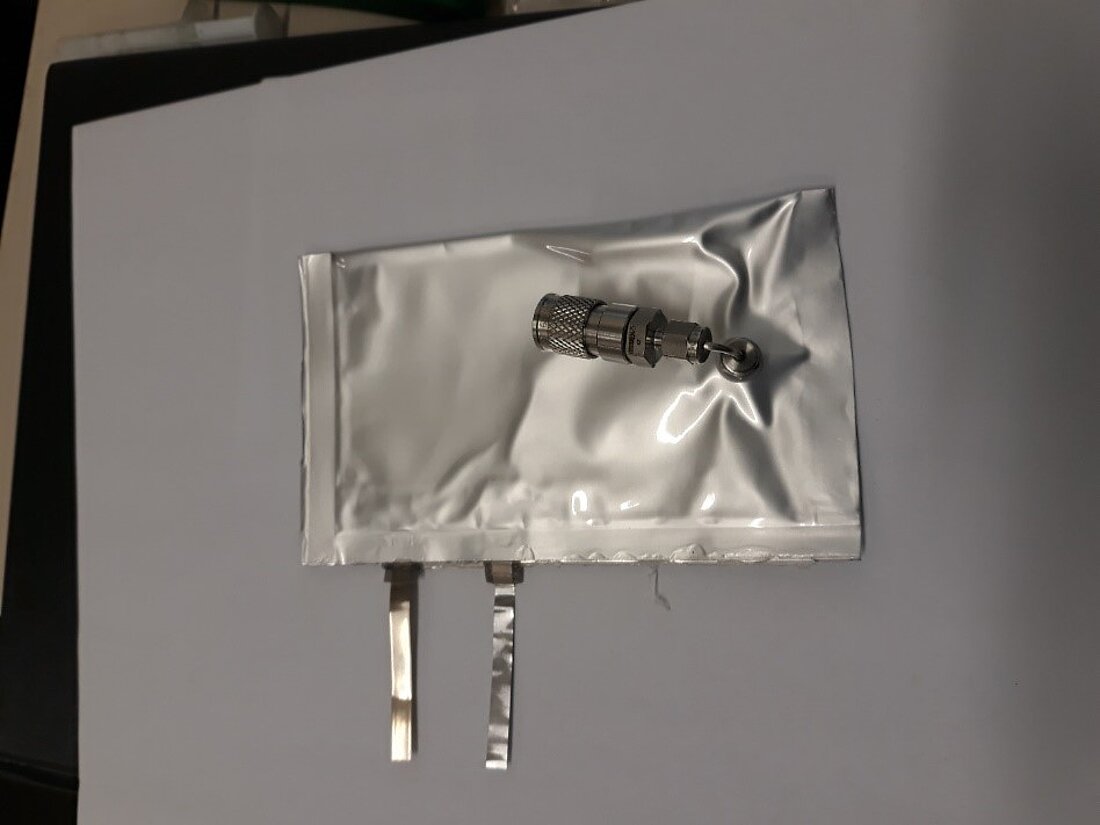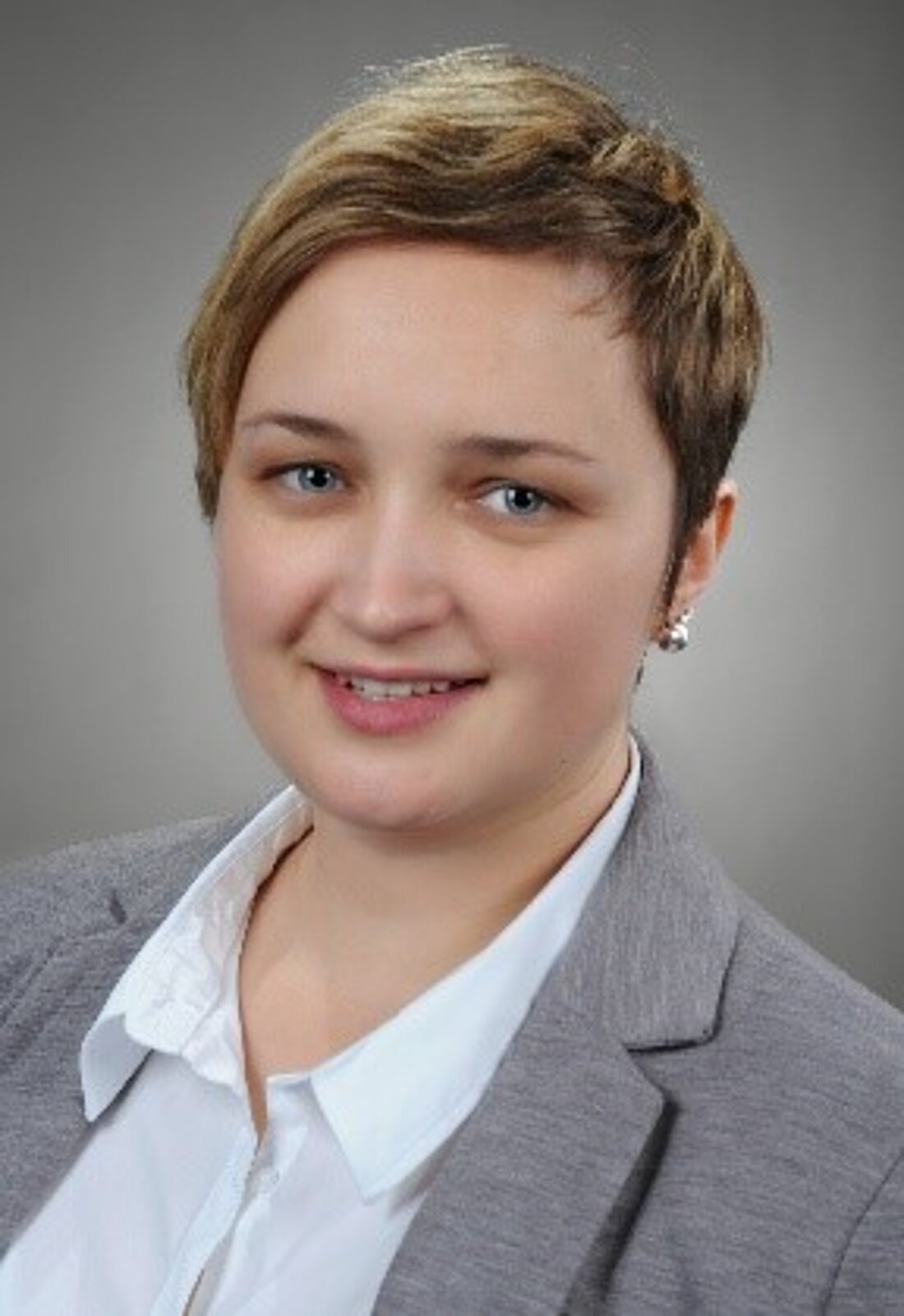
Sieben neue Forschungsprojekte
Der POLiS-Vorstand fördert aus seiner Rücklage sieben Projekte mit einem Gesamtvolumen von rund 1.000.000 Euro, die das aktuelle Forschungsprogramm des Clusters ergänzen. Aus 13 Anträgen gingen diejenigen Antragstellerinnen und Antragsteller erfolgreich hervor, deren Ideen oder Konzepte besonders ausgereift sind und, die derzeit nicht oder nur am Rande von der Forschung im Cluster behandelt werden. Sie werden nun Associate Fellows des Clusters.
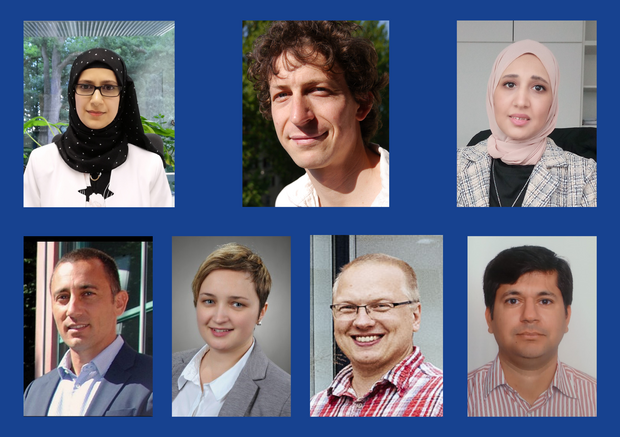
Dr. Montaha Anjass - Electrospun hierarchical vanadium oxide nanostructures with controllable morphology, porosity and elemental composition as cathode materials for Mg-ion batteries
This project aims at the fabrication of novel electrode materials for Mg ion batteries that feature well-designed and controllable morphology, size, degree of porosity and elemental composition to overcome current limitations in Mg ion batteries including low ionic conductivity, structural and electrochemical stability and electrochemical reversibility. Furthermore, to provide a fundamental understanding of how structure-property-function correlations in this materials class affect the overall electrochemical performance in Mg ion batteries.
CV
Montaha Anjass is independent research group leader and Margarete-von-Wrangell-Fellow at Ulm University and Helmholtz Institute Ulm. She received her B.Sc. degree in Chemistry from Birzeit University, Palestine and her M.Sc. degree in Advanced Materials from Ulm University, Germany. In 2019, she completed her PhD (supervisors: C. Streb, M. Fichtner, T. Jacob) at Ulm University. From 2019-2020 she undertook a postdoc at Helmholtz-Institute Ulm. Her current research interests are advanced battery materials based on redox-active molecular metal oxides and electrically conductive organic polymers and their use in (post-)lithium batteries.
Dr. Hagar K. Hassan - Synthesis and characterization of Mg2+ and Ca2+ ion-rich anti-perovskites as superionic conductors for multivalent ion batteries
The development of solid electrolytes for post-Li ion batteries requires designing new structures away from that are currently used for lithium ions. Antiperovskites are potential candidates due to their high versatility, tunability and high thermal stability. Their electronic structure can be tuned to be superconductors, semiconductors, or insulators through modifying their intrinsic and/or extrinsic structural defects. The current project is aimed to synthesize and characterize electronically insulating antiperovskites with high ionic conductivity to be used as solid electrolyte for Mg and Ca ion batteries.
CV
Hagar is a postdoctoral fellow at institute of electrochemistry, Ulm university (Prof. Timo Jacob’s group) since July 2019.
She received her PhD degree from chemistry department, faculty of science, Cairo university in 2018 on synthesis of graphene-based nanostructure perovskites for application in supercapacitors and became a lecturer at the same department. Her work interest is to design materials for energy conversion and storage. She is currently working on synthesis and characterization of new solid electrolytes for post-Li ion storage batteries.
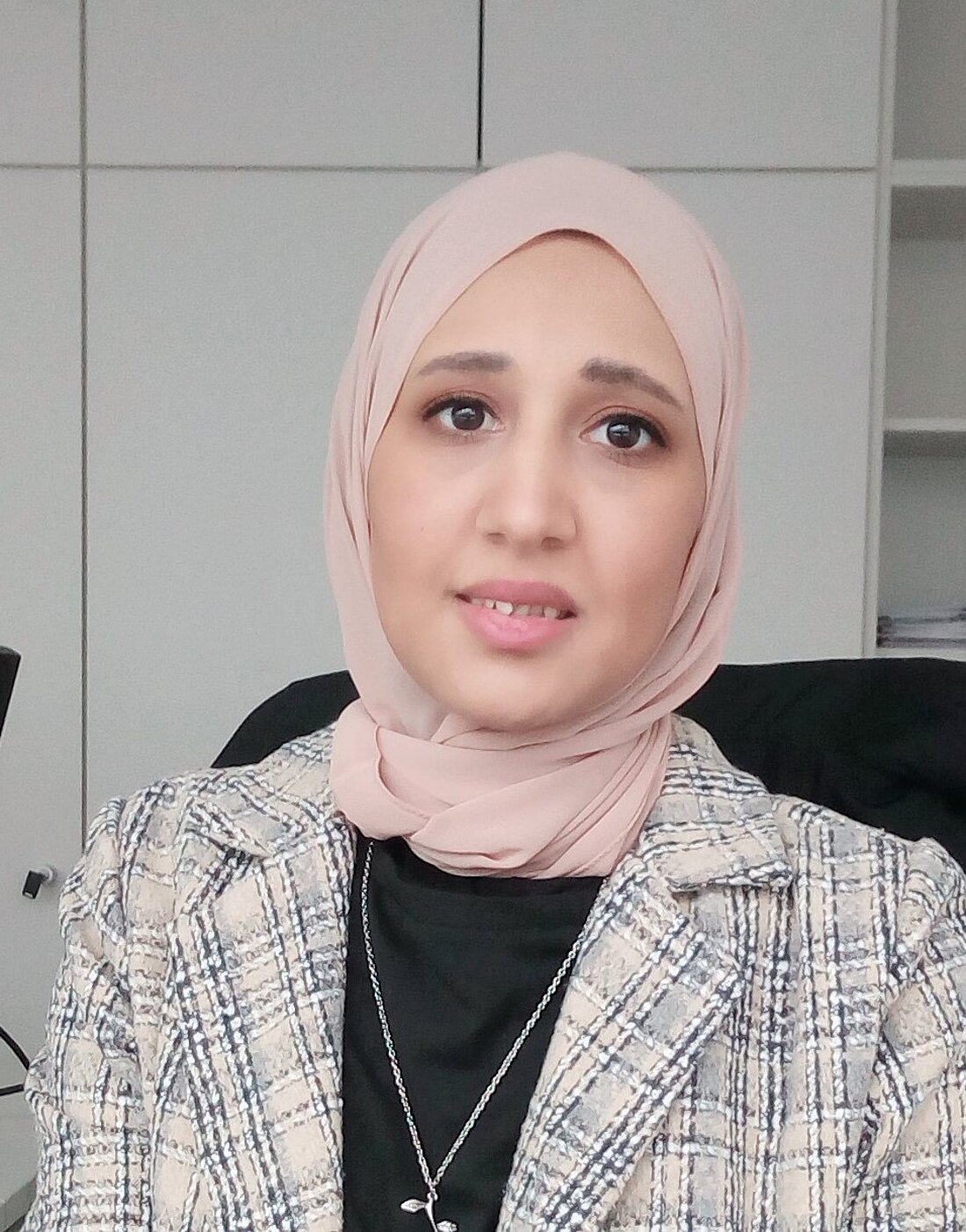
Dr. Simon Hein - Structure-resolved simulation of sodium-ion-electrodes
Within this project simulation tools will be developed, which will allow for microstructure resolved investigations of sodium batteries. Connecting these tools with material databases will enable an automatic parameterization and a data driven prediction and optimization of the performance of electrode materials.
CV
Dr. Simon Hein is currently senior scientist in the research group “Computational Electrochemistry” (CEC) at the DLR Institute of Engineering Thermodynamics at the Helmholtz-Institute Ulm. His work focuses on the development of continuum models and microstructure resolved simulation tools which allow a correlation between electrode structure, battery performance and battery degradation. More over concepts of high performance computing are used for optimization of electrode design. He studied physics at the JMU Würzburg and the University of New Mexico. He continued with his doctoral research at the University of Ulm with the main focus on the modelling of the degradation process of Lithium plating in Lithium-Ion-Batteries. Within this work he contributed to the development of the Battery and Electrochemistry Simulation Tool BEST. His recent research interest is on the impact of passive phases within LIBs and the extension of microstructure resolved simulation approaches to sodium batteries.
Dr. Mario Marinaro - CAN - Calcium Alloys aNodes for Calcium-ion batteries
Calcium and Calcium-ion batteries are nowadays drawing considerable attentions. Calcium is the fifth most abundant element in the Earth’s crust and it has a very low standard reduction potential, which makes it an ideal candidate as anode material. However, the further development of Calcium and Calcium-ion batteries is hindered by the modest performance of traditional graphite anode and the difficulty of enabling the calcium metal electrode. In this scenario, the primary goal of the project CAN is to pioneer the development and to build a fundamental understanding of new anode materials as well as demonstrating a proof-of-concept Ca-ion battery cell.
CV
Dr. Mario Marinaro received his Ph.D. from the University of Camerino (Italy) working on negative electrodes for Li-ion batteries. He then moved to the ZSW (Zentrum für Sonnenenergie- und Wasserstoff-Forschung Baden-Württemberg) as Post-Doctoral research associate focusing on metal-air batteries and alloy-type anodes for Li-ion batteries. In 2017, Dr. Marinaro was appointed Team Leader at ZSW. His main research interests focus on advanced Lithium- and Post-Lithium battery technologies.
Dr. Matthias May - Transient operando studies on electrochemical interfaces in mangesium-based batteries by reflection anisotropy spectroscopy
Magnesium-based batteries are a promising next-generation, post-lithium battery technology. Especially for novel material combinations, however, we often know only very little about the atomistic structure of the electrode-electrolyte interface under operation conditions. In this project, we will use a highly interface-sensitive optical spectroscopy to study electrochemical processes at the interfaces of Mg-battery systems in a time resolved manner to understand them and hereby help to improve their functionality.
CV
Matthias May studied physics in Stuttgart, Grenoble, and Berlin, with a focus on condensed matter and computational physics. He graduated on charge-density waves, a topic related to superconductivity. For his PhD (2015) at Humboldt-Universität zu Berlin and Helmholtz-Zentrum Berlin, he modified multi-junction solar cells photoelectrochemically for direct solar water splitting, achieving several efficiency world records. After a postdoc at TU Ilmenau, he spent two years as postdoctoral fellow at the Chemistry Department of the University of Cambridge, funded by the German Academy of Sciences Leopoldina. Since 2020, he is Emmy-Noether group leader at the Institute of Theoretical Chemistry at Ulm University and associated with POLiS. His main scientific interests lie in the area of (photo)electrochemical energy conversion and solid-liquid interfaces, which he studies by experimental as well as computational spectroscopy.
Dr. Ijaz Mohsin - Development of filament materials for fused filament fabrication (FFF) 3D printing of all-solid state sodium-ion batteries (ASSSIB)
The overall goal of this project is to develop a 3D printing process as manufacturing technology for post-lithium all-solid-state sodium ion batteries (ASSSIBs) and to evaluate and optimize these processes in battery performance. The goal is to gain understanding in printing material development and thermally post processing, to increase the thickness of the electrode layers without worsening the cell performance in production of sodium ion batteries followed by safety analysis. This includes the complete process chain of preparing and characterizing of the printing materials, up to the electrochemical investigation of the electrochemical cells and the feasibility for upscaling.
CV
After completion of Master in Polymer Science from UK, had promoted in technical chemistry at Technical University of Vienna (TU Wien) with cooperation of Austrian Institute of Technology (AIT). Previously served as a technical MIM Engineer at Furnace manufacturer in Düren (Germany) as well as a researcher at Institute of Material Processing (IMP), University of Applied Sciences Karlsruhe. Since 2019, I am working at Institute for Applied Materials – Applied Material Physics (IAM-AWP) at the KIT-CN in Karlsruhe and belongs to POLiS-Research Unit D: Safety & Sustainability, responsible for safety relevant analysis of Post Lithium Batteries, for upscaling and Market acceptance.
Dr. Anna Smith - Development of a Na-ion full reference cell within POLiS and practical studies addressing its upscaling and commercialization compared to Li-ion cells
The aim of this project is to scale up full sodium-ion batteries (NIBs) from small research coin-type cells into large industrial-type pouch format (see left Figure). This depicts a more realistic composition of the battery resulting in realistic physical properties such as heat generation, so that degradation and safety features can be investigated under realistic conditions. A new method developed in our lab for electrolyte and gas extraction (see right Figure) from pouch-type cells will be used to study the composition of gas and liquids by HPLC-MS/ UV-Vis (salts/ carbonates) and GC-MS/ FID/ TCD (volatile liquids and gases).
CV
Dr. Anna Smith, Ph.D. (born Jozwiuk) is currently team leader of the research group Battery Cell Development and Testing at Battery Technology Center (BATEC), Karlsruhe Institute of Technology (KIT). Main emphases are the development of battery cell components, evaluation of cell materials, upscaling and electrochemical testing thereof. Also, she is working on analysis methods for liquid and gaseous components from batteries using GC and HPLC to investigate degradation mechanisms. She studied chemistry at TU Berlin (Diplom with special honors) and continued with her doctoral research at the University of Oklahoma, USA, with main focus on the electrochemical behavior of inorganic mixed-valence multinuclear metal complexes. Her battery experience started during a postdoc position at BELLA (laboratory of BASF SE and KIT), where she investigated additives for Lithium-Sulfur batteries and majorly contributed developing a DEMS (differential electrochemical mass spectrometry) setup coupled with IR-spectroscopy, which was also used to study degradation mechanisms in Lithium-Sulfur systems. She was then scientific assistant at Competence E (now Battery Technology Center) at KIT. During that time, she performed cell testing of NiMH Powercaps from Varta for the development of the battery management system control in prototype storages within the project Fast Storage BWII and also started work on method development for HPLC-MS/ UV-Vis measurements for electrolyte component analysis from Lithium-ion battery cells.


